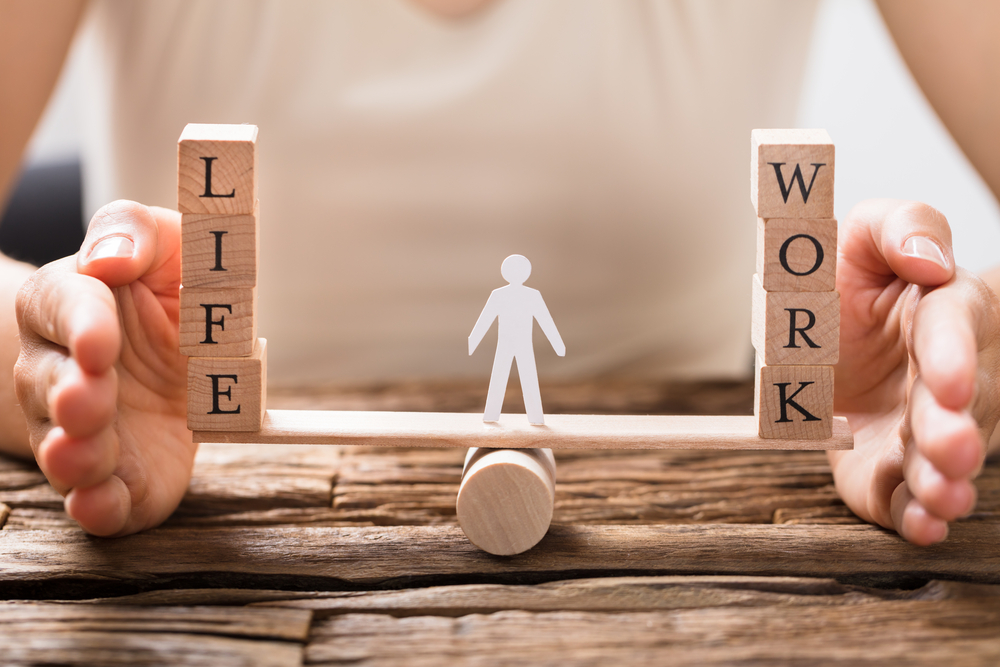Household spending has simmered down in the absence of one-off events like the FIFA Women’s World Cup, Barbenheimer and football finals.
Payment data from Commonwealth Bank revealed a sharp slowdown in spending in October after a spate of major events kept overall consumption elevated over the three months prior.
The one per cent fall throughout October followed three months of monthly improvements, with the annual pace of growth also falling back.
Recreation as charted by the CommBank Household Spending Insights index – which captures roughly 30 per cent of consumer transactions – sunk 4.7 per cent over the month, with hospitality also recording a sharp 4.5 per cent decline.
“People may have exhausted their desire to go to these big events and until the next big event happens, things look a bit soft,” CBA chief economist Stephen Halmarick said.
He said higher interest rates were clearly weighing on households, as well as ballooning prices for essentials, such as utilities, transport, education, health and insurance.
Discretionary spending fell 3.7 per cent, whereas essentials lifted 0.3 per cent.
“The spending that’s increased is really about higher prices, and people having to spend more money on things that they may not necessarily enjoy spending more money on,” Mr Halmarick said.
The economist said the Reserve Bank’s decision to lift interest rates in November would dampen spending further in coming months.
The upcoming Black Friday sales are also likely to disrupt typical spending habits.
In recent years, the discounting period has brought forward Christmas spending, leading to stronger Novembers and weaker Decembers.
The high price of fuel has also been squeezing households but average prices fell a little over the month.
Volatility in oil markets have been flowing though to higher prices at the pump, though oil benchmarks have been moderating.
Acting RBA assistant governor (economic) Marion Kohler said the recent spike in oil prices had served as a “timely reminder” that supply shocks could add to the challenge of bringing inflation back to target.
Speaking at the UBS Australasia Conference in Sydney, Dr Kohler said the broader economy was evolving “more or less as we expected a year ago”.
Economic growth was slowing, the labour market was easing, and headline inflation was coming down, led by moderating goods prices as supply chain issues resolved.
“However, inflation is still too high and underlying inflation is higher than expected a year ago.”
She said strong domestic cost pressures and still robust levels of aggregate demand were keeping pressure on inflation.
“Prices of many services have been rising briskly in Australia,” she said, noting that services price inflation has been slow to decline in many other economies.
Treasurer Jim Chalmers said inflation remained his primary concern, but was “not our only challenge”.
“Central banks and budgets are focused on demand management, but it’s on the supply side where we can lift the speed limits of our economies in the medium term,” he said in opening remarks to the meeting of APEC economic ministers in the United States.
He said it was important to reorient economies to account for major trends, such as the low carbon transition and aging populations.
Poppy Johnston
(Australian Associated Press)





